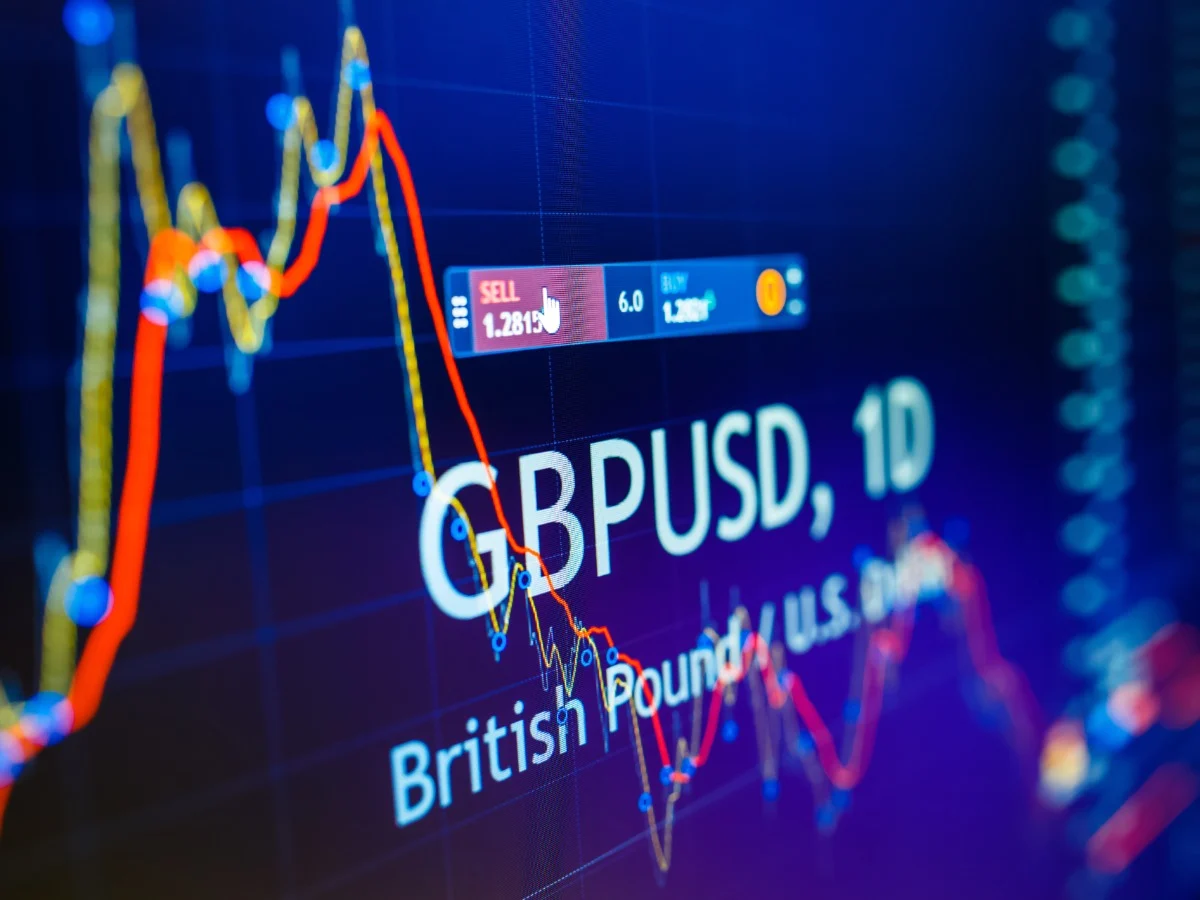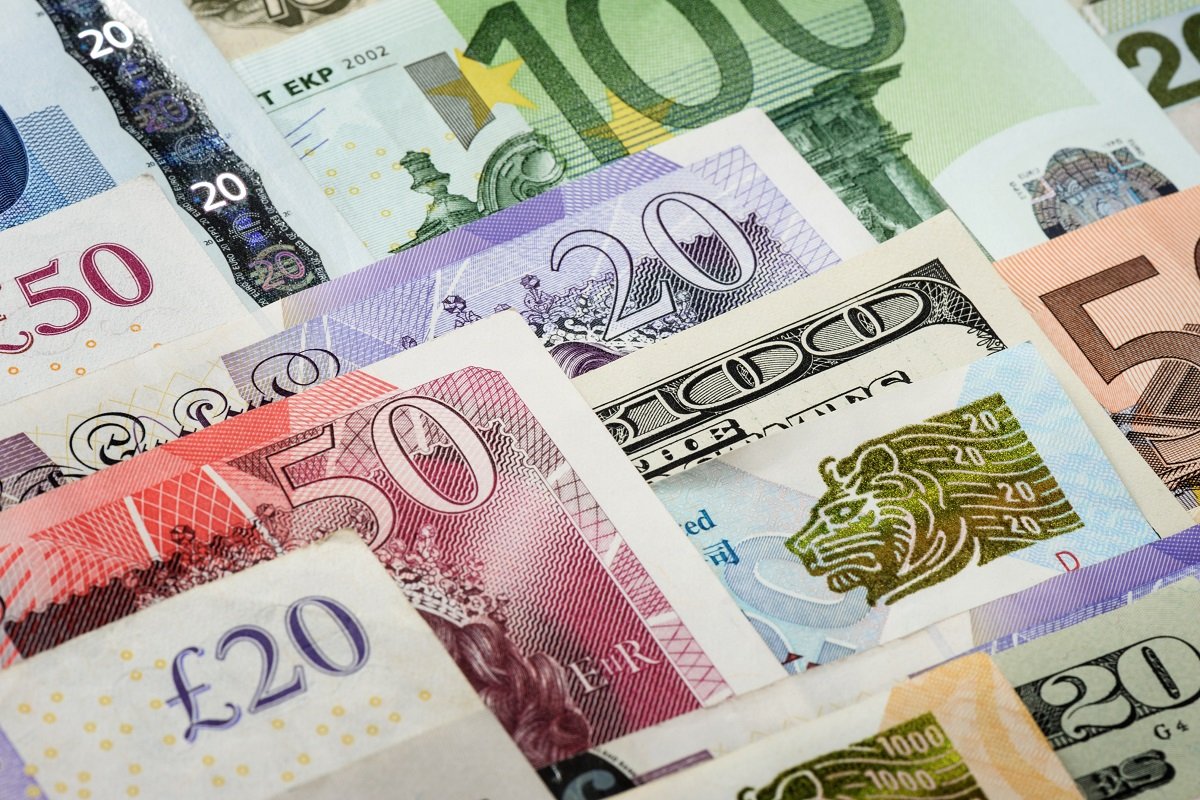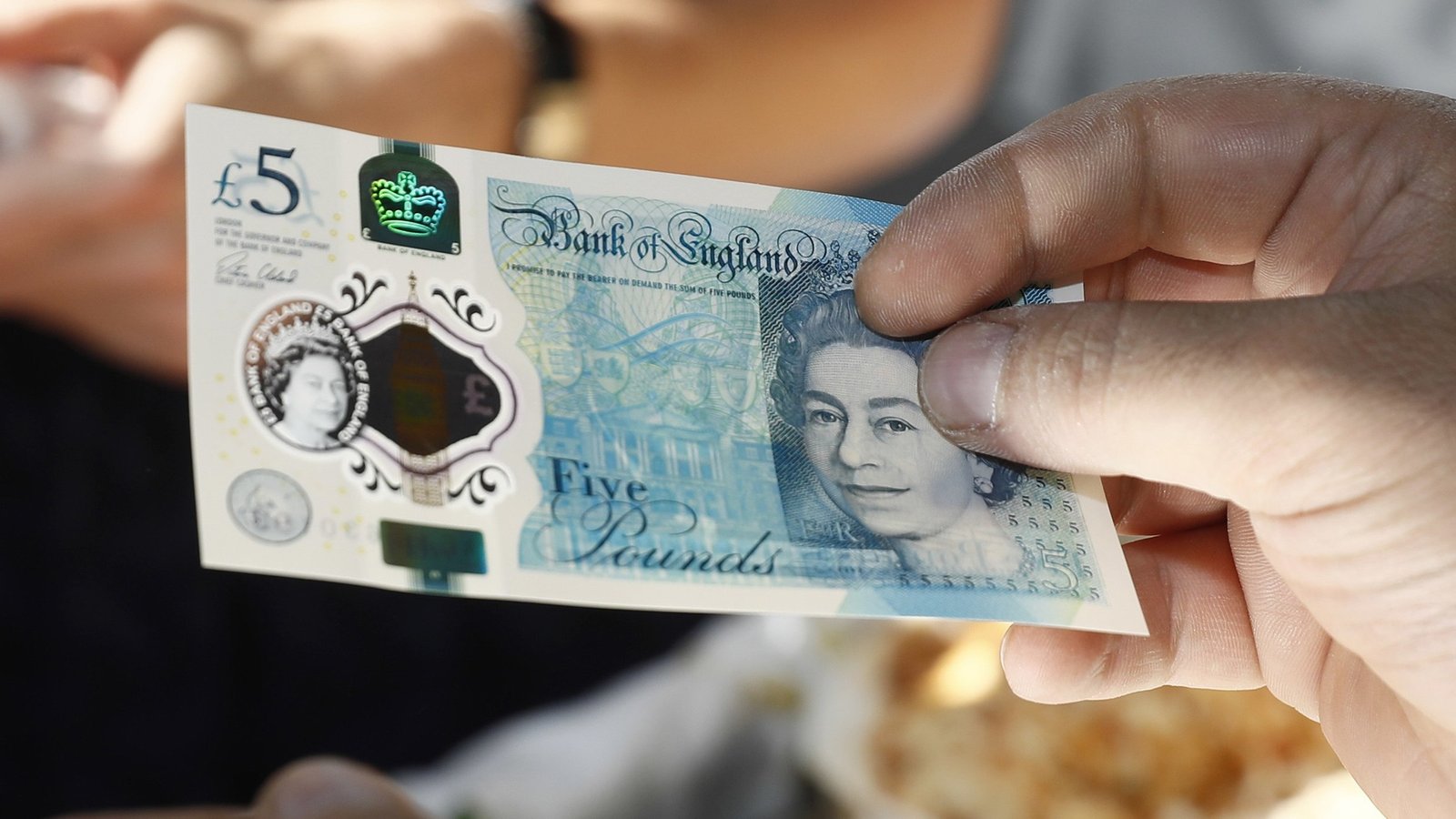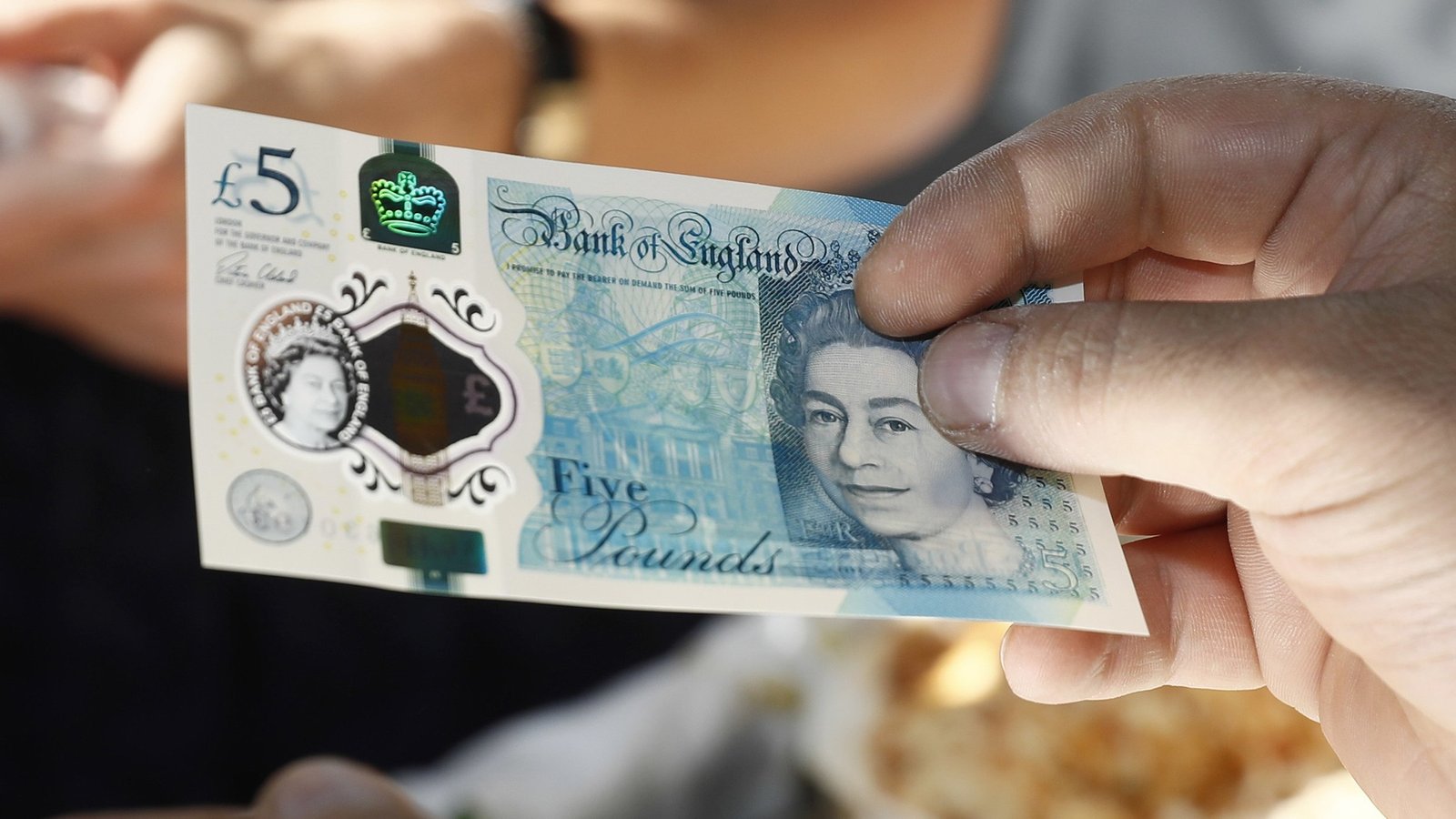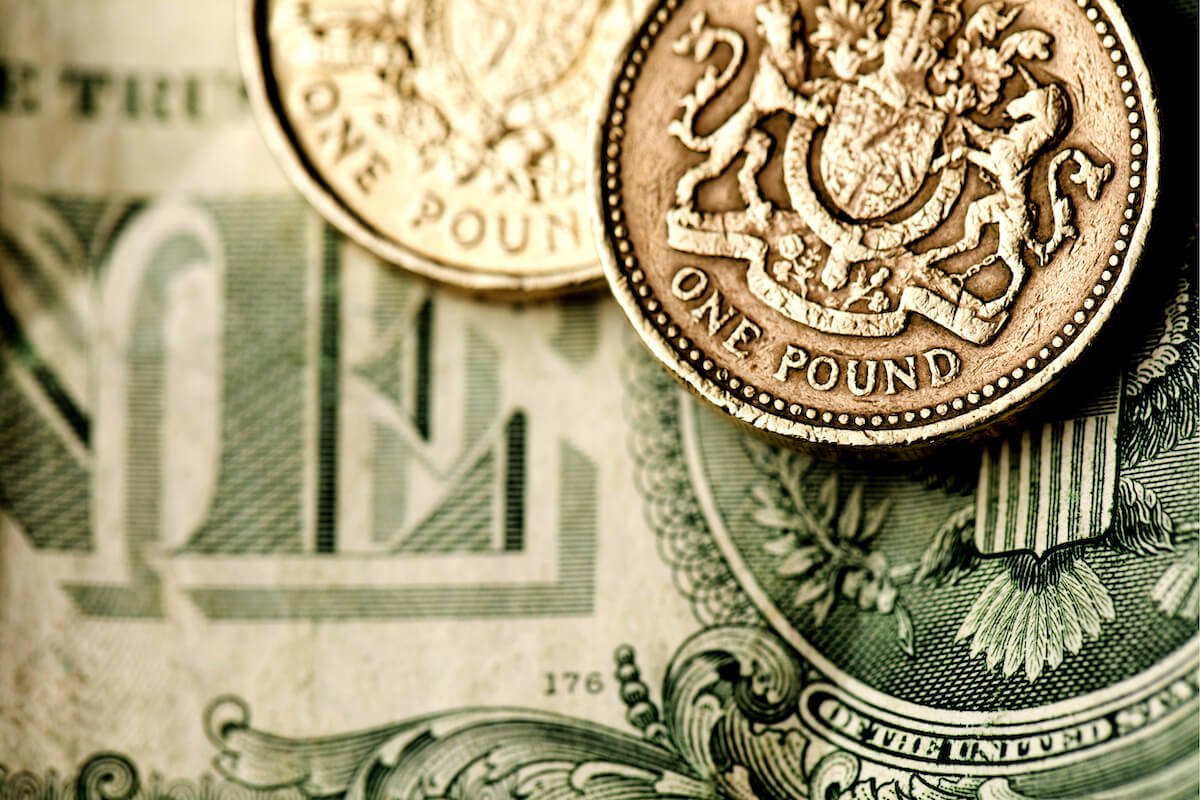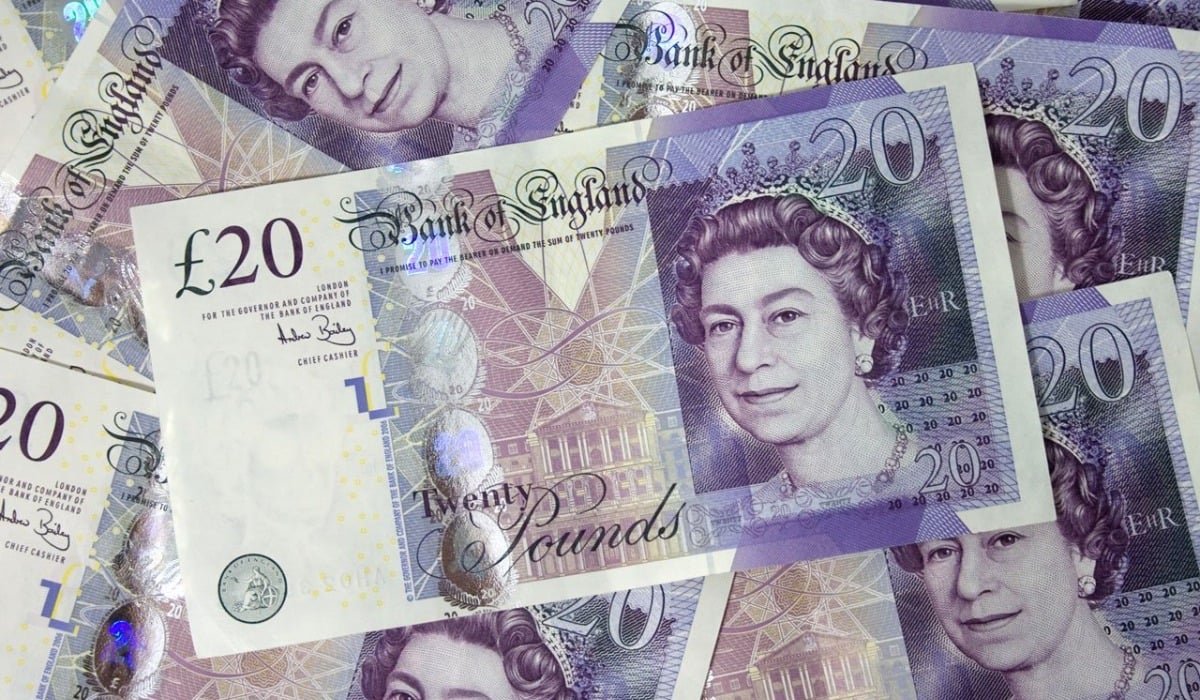GBP/USD Falls as Robust US Data Dull Fed Rate Cut Expectations, Sterling Weakens Despite Supportive UK Jobs Data
GBP/USD currency pair fell to 1.3408 in the North American session as better-than-forecasted American economic news boosted the demand for the Dollar and squashed expectations of a soon Federal Reserve rate cut. U.S. unemployment claims dropped to 221K, while retail sales in June increased by 0.6%, both better than predicted and supporting the Fed’s reluctance to ease policy. Hawkish remarks from Fed Governor Adriana Kugler contributed to the Dollar’s strength. The UK labor market cooled but not as swiftly as anticipated, providing little encouragement for the Pound. Consequently, Sterling continued to underperform amidst conflicting economic indicators and central bank forecasts. KEY LOOKOUTS • Improved-than-expected jobless claims and retail sales figures favor the US Dollar and lower the chances of a Fed rate cut in the short term. • Hawkish comments from Fed Governor Adriana Kugler indicate interest rates could stay constant despite inflationary fears, particularly from tariffs. • The UK’s more sluggish-than-anticipated cooling in its labor market did not offer sterling any meaningful support, which left GBP/USD vulnerable. • GBP/USD is heading towards crucial support levels at 1.3373, with more downside potential towards 1.3300 and the 100-day SMA of 1.3278 if negative momentum persists. The GBP/USD currency pair was subjected to fresh selling pressure after the release of a robust set of U.S. economic data, which provided added impetus to the Federal Reserve’s dovish stance on cutting interest rates. With unemployment claims declining to 221K and retail sales increasing 0.6% in June, the numbers hinted at ongoing economic strength in the U.S., further pushing up the Greenback to new monthly highs. Fed Governor Adriana Kugler’s dovish comments further bolstered the Dollar as she highlighted maintaining rates at current levels in the face of tariff-driven inflation. Conversely, the UK labor market only moderately indicated a slowdown, which was not enough to prop up the Pound, and GBP/USD continued trading around weekly lows at the 1.3400 level. GBP/USD fell to 1.3408 as impressive U.S. jobless claims and retail sales figures boosted the Greenback and dampened rate cut speculation. Aggressive Fed commentary put additional pressure on Sterling, as it struggled even with a relatively resilient UK labor release. • GBP/USD went down to 1.3408 after robust US data boosted the Dollar in the North American session. • US Jobless Claims fell to 221K, better than the predicted 235K, indicating a healthy employment scenario. • June Retail Sales climbed 0.6%, much greater than the predicted 0.1%, bolstering economic strength. • Fed Governor Kugler indicated no hurry to reduce rates, pointing to inflationary pressures and firm jobs. • UK labor data showed slower-than-expected cooling, with the Claimant Count Change at 25.9K. • Sterling remained pressured, unable to gain momentum despite less negative domestic data. • Technical bias remains neutral-to-bearish, with key support at 1.3373 and resistance near the 50-day SMA at 1.3500. The GBP/USD exchange rate reacted to the latest round of economic data, with the U.S. Dollar strengthens after strong performance in jobless claims and retail spending. The initial jobless claims fell more than anticipated, and consumer expenditure witnessed strong growth during June—both indicators that the U.S. economy is still strong. These occurrences, combined with the recent inflation numbers, led investors to re-evaluate the chances of the Federal Reserve cutting interest rates any time soon. Fed Governor Adriana Kugler echoed this view by asserting that monetary policy is likely to stay stable for the time being considering continued price pressures. GBP/USD DAILY PRICE CHART SOURCE: TradingView The UK labor market statistics, on the other hand, presented a moderate level of strength, where there was a less-than-anticipated increase in unemployment benefit claims. Nonetheless, the British Pound had little support since broader market sentiment was positive towards the Dollar. Political clarity within the U.S. also came into play, with fears surrounding Fed Chair Jerome Powell’s employment status being dismissed by President Trump, taking away one layer of uncertainty. Focus now turns to forthcoming central bank commentary as well as other economic data that can shape currency interactions between the Pound and the Dollar. TECHNICAL ANALYSIS GBP/USD has a neutral-to-bearish bias since it is trading close to the lower boundary of its recent range at 1.3400. The Relative Strength Index (RSI) shows persistent bearish momentum that implies that sellers are still in charge notwithstanding sporadic buying interest. To turn the outlook bullish, the pair would have to retake the 50-day Simple Moving Average (SMA) at 1.3500. Failing that may create room for further losses, with short-term support at 1.3373 followed by the psychological level of 1.3300 and the 100-day SMA at 1.3278. FORECAST On the other hand, in case of increased bullish momentum, GBP/USD may try to recover towards the 1.3485 level, which was the recent two-day high. A breakout above this resistance could set the stage for a challenge of the 50-day SMA near 1.3500, a key level that may confirm a change in short-term sentiment. Continued advances above this area could prompt additional gains toward 1.3570 and possibly 1.3620, if further supporting UK data or dovish turns from the Fed favor the Pound. On the negative side, sustained Dollar strength and tight Fed policy expectations could drive GBP/USD below near-term support at 1.3373. A breakdown below here would risk further losses down to the 1.3300 psychological level. Should selling continue, the pair could fall further down to the 100-day SMA at 1.3278, with further downside targets at 1.3200 not precluded in a bearish environment.



